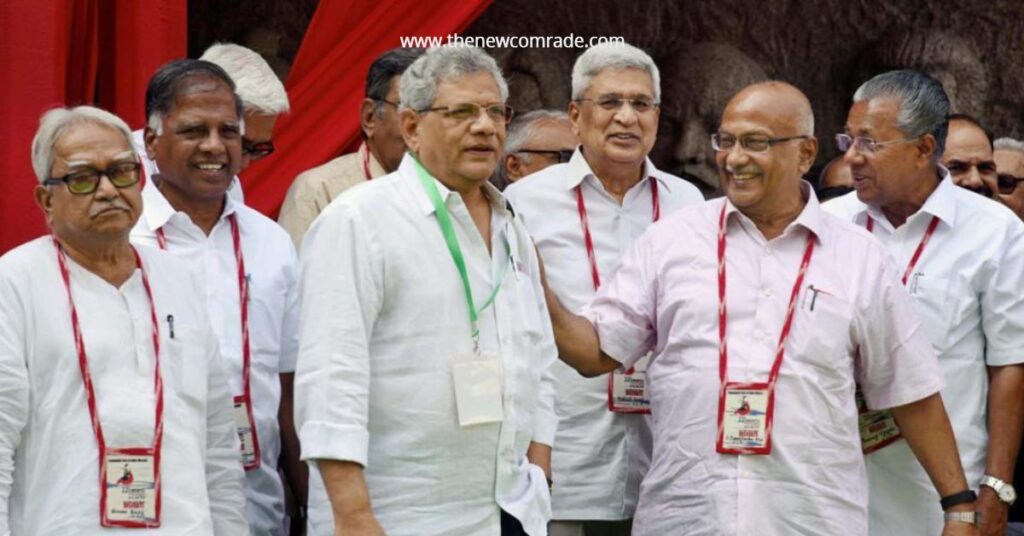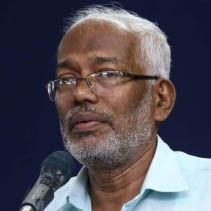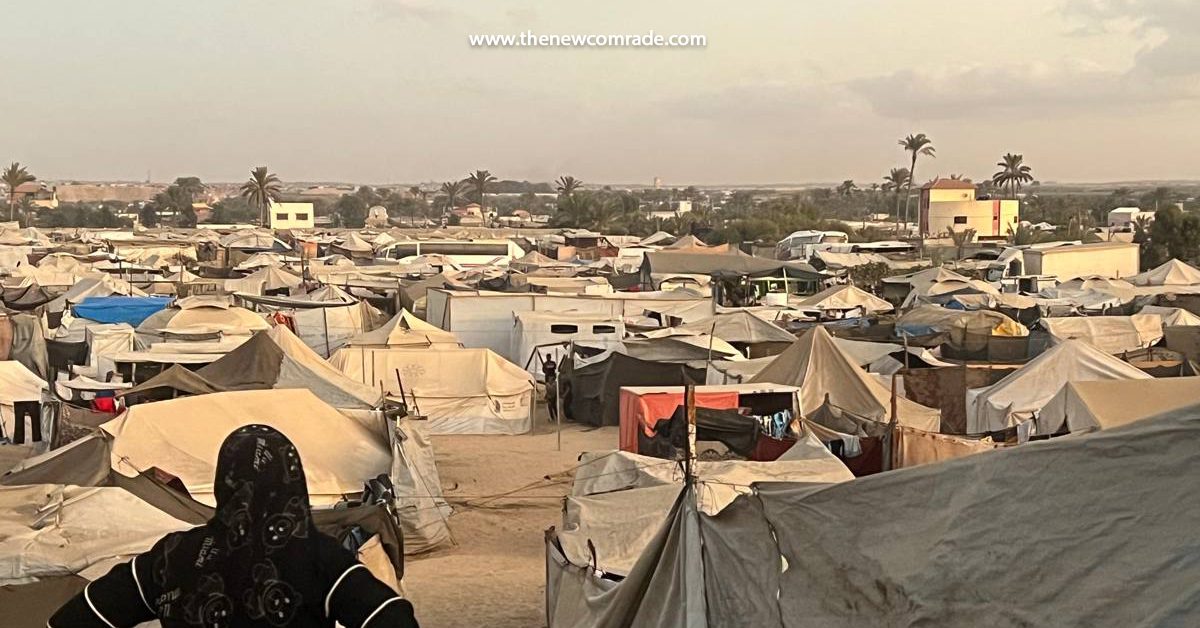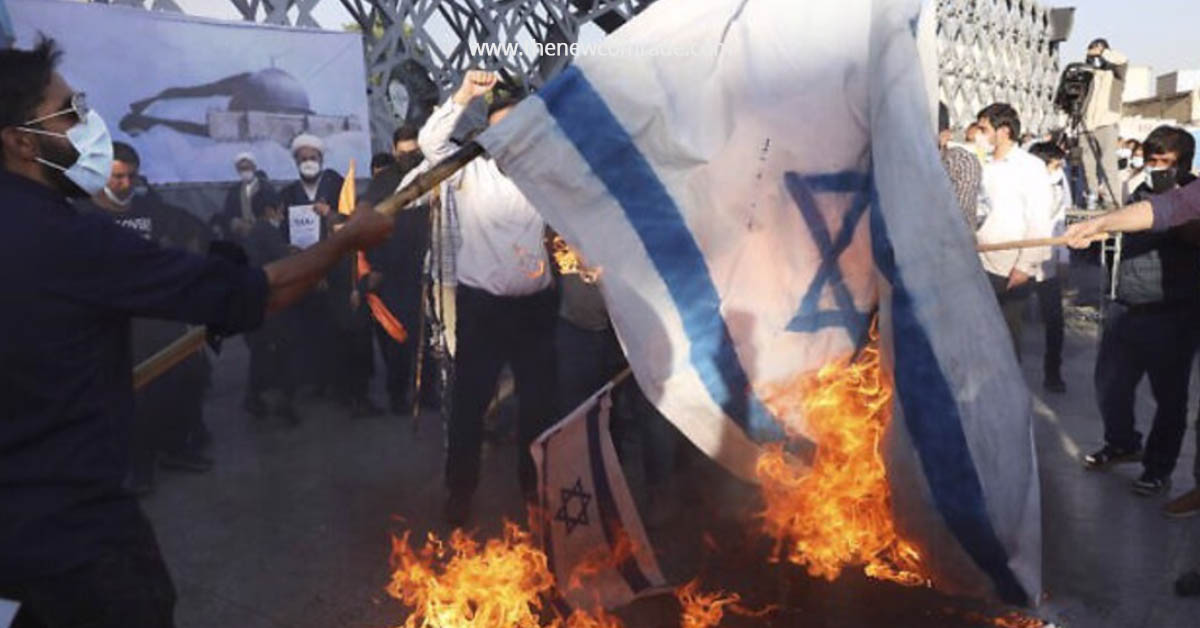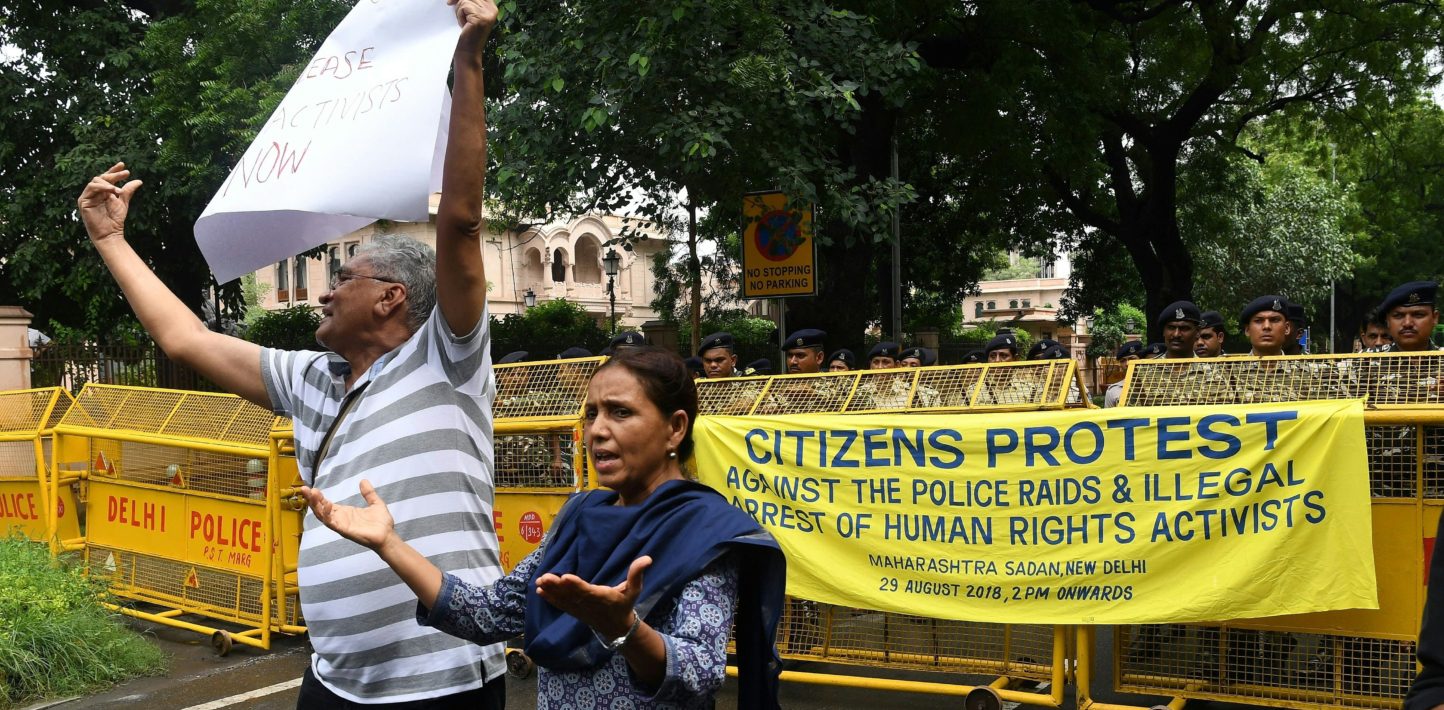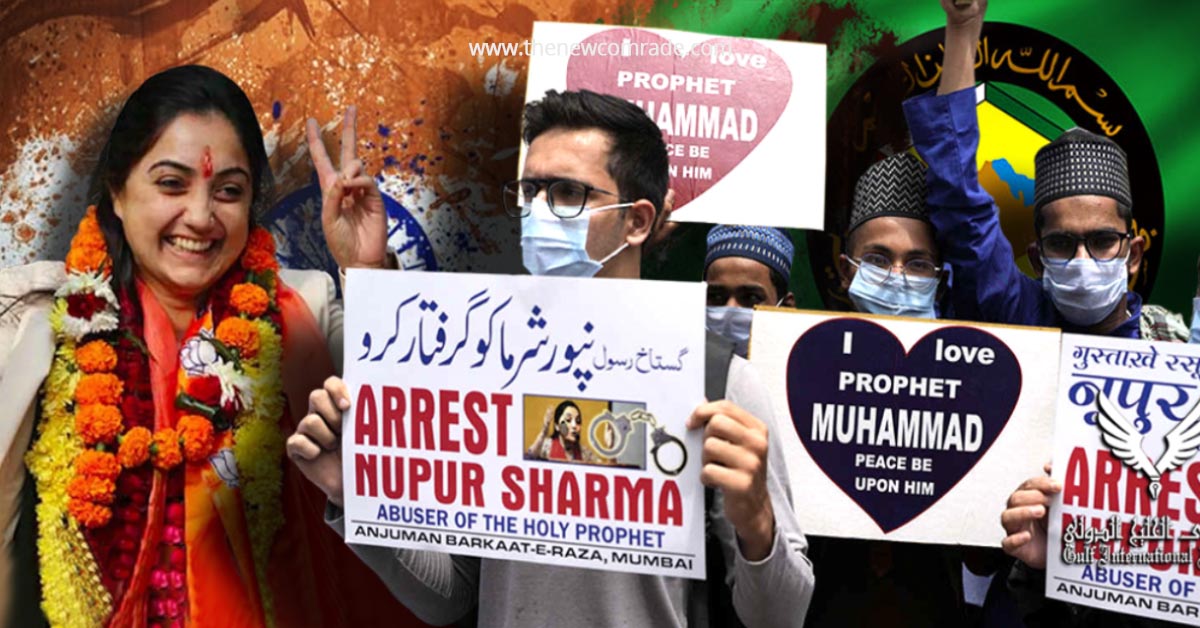Read Part 1 of this article here
Adi Sankara and the Varna system
Adi Sankara’s mission was to finish the ‘threat’ of Islam and Buddhism. He strengthened the socio-political structure of the Varna system. He is one of the most anti-human and anti-social figures that
could be found in South Asian history. In his view, the “Shudra” category – which includes Nairs of Kerala, to which belongs K Karunakaran and E K Nayanar – are ‘mobile graveyards’. They are forbidden to be educated. The word “Shudra” used to be not used or uttered with “Brahman”, “Kshatriya” and “Vaishya” in any form of public sphere – that deep was the extent of untouchability that he ingrained.
The Nair case study: Hierarchy within hierarchy
Nairs belong to the “Shudra” category. Shudras are slaves of the other three categories (‘varnas’). Only Namboodiris and Iyers belong to the Brahmin category in Kerala. Nairs used to be divided into 135 castes. Founder of Nair Service Society (NSS) – Mannath Pathmanabhan – worked to bring down the number of castes in Nairs. Initially, NSS was named Nair Slaves Society (“Nair Bhritya Sangham”). Mannath Pathmanabhan had, as mentioned in his autobiography, spent the first 11 years of his public life merely to change the category “Malayali Shudra” to “Nair” in Government records. “Shudra” was synonymous with ‘slave’ and ‘bastard’ in Sanskrit and this fact had unsettled him, prompting him to undertake this mission.

The Gandhi-RSS convergence: Two approaches, same goal
Both RSS and Mohandas Gandhi stood for Brahmanism. Gandhi followed a “soft” approach and RSS followed a “hard” one. Both had no differences in their ideologies – both stood for “Swaraj / Ram Rajya / Hindu Rajya”, ‘cow-protection’ and vegetarianism and both stood against conversion to Islam or demographic categorisation as Muslims. Gandhi even authored a book named ‘Hindu Rajya’. By his approach, Gandhi broke some conventional contemporary caste restrictions. Gandhi was a “Vaishya” member. The actual reason for his murder was not ‘affinity to Muslims’, as is usually attributed. Brahmans had begun attempts to kill Gandhi since the 1930s. As per the ‘varna’-system, only Brahmans ought to be at the forefront of any social development. From this perspective, iconic or lead figures ought to, always, be only Brahmins – others do not have the right for it. The limelight that Gandhi made up after his entry into politics was an intolerable offence for people of this belief. Gandhi even made a try in areas which were considered the exclusive domain of Brahmans ; for instance, Gandhi began interpreting Bhagavad Gita. By the Brahmanical concept, a Vaishya is born in original sin (“paap-yoni”). For such a person to acquire a position, which only Brahman deserved, was an intolerable crime – making him deserving to be finished off. Prior to his murder, six or seven attempts were made on his life. There was no ‘Muslim’ pretext during those attempts. In the aftermath of the partition of British India, Brahmanists found it necessary to set the stage for an ‘original sin’ for Muslims of South Asia.
The murder of Gandhi served this plot perfectly, when combined with the propaganda that his affinity to Muslims was the reason for this act. With this, the sinner, dramatically, became the wronged one in dominant narratives till date. Both Congress and RSS contributed to propagate this same narrative. Hence, Brahman leaders of erstwhile Congress too played covert roles to facilitate this murder – which had almost become a necessity for them. Shyam Prasad Mukherji, Chief of Hindu Mahasabha until 1946, to which Nathuram Godse officially was affiliated, was made the Industries and Commerce minister in Nehru’s cabinet. Another Mahasabha leader, viz. Mehr Chand Khanna, was brought to India from Pakistan by Nehru and made the Rehabilitation minister and Law minister. The erstwhile second-in-command of Congress, after Nehru, and the then Deputy Prime Minister and Home Minister Vallabhbhai Patel, interestingly considered simultaneously as one of the closest disciples of Gandhi as well as an icon of Hindutva, refused to act on intelligence warnings regarding the murder plots.
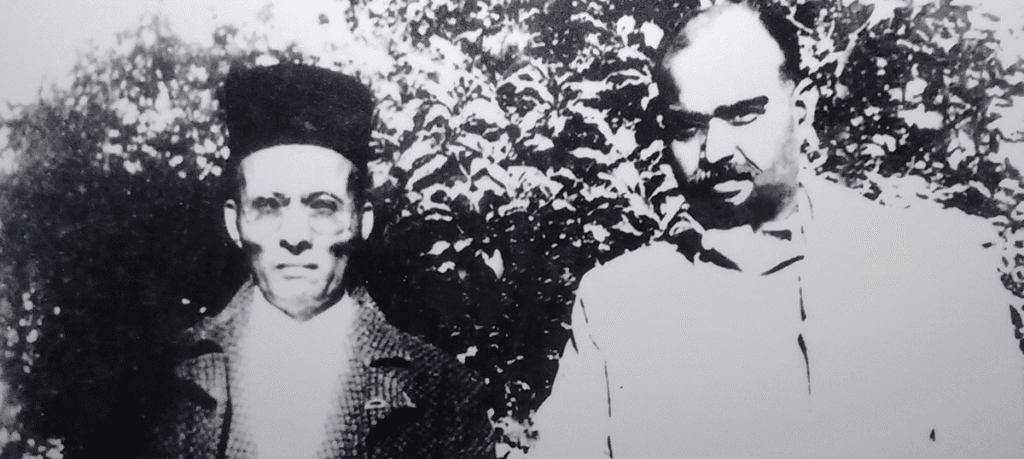
The Communist Parties’ Brahmanical Character
Split of CPI to right and left factions (CPI and CPI-M) was merely the result of difference of opinion regarding tactics of forwarding Hindu politics. It is similar to the “differences” between RSS and Congress.
Class vs. Caste: The great deception
Communist parties of India identify the threat of bringing in genuine communist slogans and concepts into the Indian context – it would tantamount to unmaking of their own system. Hence, they adapted and misinterpreted those concepts. Instead of facing the caste issue as is, they interpreted it as a class issue. By this sort of focus on class, they tactfully concealed the issue of caste. This, while caste is the original overarching socio-political issue in South Asia. Issues of class ought to have been looked at and dealt within castes. Class is an ephemeral phenomenon. Inside any caste, class is subject to change. Ram Manohar Lohia had quipped that static class is caste and dynamic caste is class. Indian communist parties’ kind of discourse serves to perpetuate the leadership of privileged castes in the party and deflects any questions being raised about their own merit to hold to such a space.
Simultaneously, CPI-M, more than even the RSS and Congress, very strongly juxtaposed individual ‘merit’ against the system of caste-community reservations. All these Brahmanical forces do not believe in dignity of labour. As Manusmriti puts it – “Uthamam kushalam vidya, madhyamam krishi vanibham, adhamam sevayaam vriddhi“. (Studying and teaching is the most superior of jobs ; Agriculture and commerce are mediocre ; Services, i.e. manual labour, is the most inferior). In the discourse of Indian communist parties, ‘merit’ is never made an issue in blue collar jobs – out of their objective to not make privileged castes do those labour.
Division of Labour: The Brahmanical structure within
Division of labour existed very clearly in communist parties since early days. Activities like putting up posters and billboards, sloganeering, getting baton-charged, etc. are almost reserved for party workers belonging to oppressed castes (e.g. Thiyyas, Pulayas, Cherumas, etc. in Kerala) – not for those belonging to the privileged castes. Those are the blue-collar jobs in their ecosystem. I hail from Kannur district, which is a stronghold of CPI-M. Co-operative sector bodies were first formed and firmed up in Kannur district and hence they constitute the major employment sector there. Within them, generally, with the exception of peons, all jobs are occupied by people of Nair caste. During my student days, in the party-controlled institutions there, teaboys and cleaners used to be Thiyyas and Parayas, while management was always Brahmans and Nairs. Division of labour is an in-built nature of the party. Currently, the ‘Asha workers’ on strike are poor women from scheduled castes and tribes, OBCs and Muslims. If Nair women were there instead, the problem would have been solved a long time ago. CPIM has the same mindset of Savarna Hindutva towards ‘untouchables’. Pinarayi Vijayan is a very loyal and effective catapult of CPI-M, to a degree which is unprecedented in its own history. Reservations for privileged caste members, with no objections raised, was first executed by him within hours of such a comment being made in the Supreme Court. Tamil Nadu keeps resisting this matter till date. Since its inception, Kerala has never had a ministry constituting less than 50% of Nairs. Cultural bodies under the government are full of Nairs, barring very few exceptions. Women movements are also led by Nair women.

The student politics strategy
RSS brought a system of moulding youngsters and students into their ideology. CPI-M sees itself for another role. SC, ST, OBC and Muslim students being proud of their identity and aware of their rights, attaining higher education and coming to power is something extremely disliked by CPI-M and the party tries tooth and nail to destroy it. CPI-M uses SFI (‘Students Federation of India’) for that. Victims of SFI-related violence are almost completely scheduled castes and tribes, OBCs and Muslims. Students from these sections are actively engaged in organisational chores, distracted from their studies and career paths destroyed by implicating them in violence, drugs and police cases. CPI-M has controlled the education sector of Kerala for most of the period since founding. Values inculcated by education in Kerala are subtly but extremely Brahmanical. These matters never happen to be discussed in public space. Result of such a system is loyal slavery of scheduled castes and tribes, OBCs and Minorities – scientifically designed. For Muslims, as Islamic values are generally inculcated from childhood, they tend to be loyal and sincere to it. CPI-M scientifically exploits the cultural innocence of Muslims.
The Kanshi Ram challenge and communist response
Kanshi Ram changed the frame of Indian politics. His slogan was “Vote hamara, raj tumara, nahi chalega” (Our vote and your rule, cannot go together). That brought a revolutionary rethinking in north India. He was truly selfless and lived for his mission. Knowing its ‘danger’, those who first tried to destroy his movement were communists. CPI was ahead of CPI-M in that. CPI, then, distributed millions of copies of brochures in Hindi, Urdu and Marathi stating big lies like Kanshi Ram is agent of CIA. Those brochures were widely circulated among Dalits and Muslims.
The Muslim Experience: A Historical Pattern
Early Muslim participation in Communist Movement
As mentioned before, Muslims have been present in the party since its beginning. Muzaffar Ahmed was one of them. Muzaffar Ahmed was a learned man and, unlike Brahmans, was not a fraud. Later, he had written about his life experiences in a book titled My life and the Communist Party of India. The Malayalam version of this work was published by CPI-M’s Chintha Publications. But only one edition was published. In the book he sadly reminisced about the party (Brahman) leaders using the resources only for empowerment of their own community. He was sincere. The party became popular after Muslims joined the party under his leadership. Like Congress, it was initially simply equivalent to a debate club of Brahmans – as they were simply incapable of creating a mass movement. It was only after Muslims’ entry to the party, that it became a popular movement. Party lexicon is almost a complete contribution of Muslims, including “Comrade”, “Inquilab Zindabad” (long live revolution), etc. Standing for change & justice is culturally embedded within the Muslim psyche and hence they could be easily attracted.

It was difficult for Muslims to understand the crookedness, conspiracy mindset and deception of Brahmans, throughout history. As such Mughals encouraged and promoted Brahmans – only for them to backstab as soon as Britons assumed power. Even the revolutionary Tipu Sultan had 12 Brahmans in his ministry. They deceived him by leaking strategic secrets to enemies, which led to his killing. Brahmans are cunning enough to beautifully develop tactics knowing the psyche of a person, society or a community. Muslims are relatively more straight forward and bear goodwill, making it difficult for them to comprehend the Brahman and this is one of the reasons of the tragedies that has befell them in South Asia. Narratives about the greatness of Brahmans are created and propagated by Brahmans themselves. During the medieval era, they even succeeded in passing over their concepts through novice Muslim scholars and their works. Thus, many elements of caste system found its way into north Indian Muslims. Their influence, and now their power, ensured that Islam would never constitute a threat for the Brahmanical system. That is the reason behind Muslim action being like a wet papad in India – their revolutionary spirit elsewhere gets a cold reception here. At least, some extent of this spirit remains in Malabar. Caste culture is generally minimal in Malabar. Islam reached Malabar through Arab traders during the times of the Prophet (SAAWS)’s itself. I could realise this further during my visits abroad.

The Hyderabad Tragedy: RSS-CPI coordination
Basically both CPI and RSS had the same agenda – whenever a chance to harm Muslims comes up, RSS overtly supports it, CPI covertly supports it. About 300,000 Muslims were massacred in Hyderabad state in the course of Operation Polo within just three weeks. CPI covertly supported this action while RSS was directly involved in the subversive activities preceding Operation Polo as well as those after it. After this episode, CPI was given the role to represent those regions in the first Lok Sabha elections. As mentioned earlier, RSS is supposed to do the original action and CPI is supposed to contain the reaction – ultimately everything sums up and ends up in the hands of Brahmanical forces.
The same vein could be witnessed in the pattern of anti-Muslim violence by CPI-M, using its scheduled caste and OBC workers, in Nadapuram and its surroundings in 1980s ~ 2000s. In some CPI-M dominated pockets in Kannur district, Muslims even fear to frequent mosques – as they could be killed by CPI-M with no trace of the crime! Similar is the Hindu role played by the party in its heydays in West Bengal and Tripura.
Regional Variations and Tactical Adaptations
In Kerala and West Bengal, since the public is more reliant on education and media systems established by the state, it is easier to propagandise, manipulate collective psyche and indoctrinate people. This tactic was difficult in the Hindi belt – where Brahmins were not literate or sophisticated enough to deal and connect with people of oppressed castes. Once when I was with Kanshi Ram in a press conference in UP, journalists asked him, how did you reach out to the masses? How could you influence such vast masses ? He replied : I was able to do so because you people, i.e. media, cannot penetrate into them due to their illiteracy. So, their minds are unpolluted and I am able to directly contact them and healthily communicate with them.
The CPI-ML Strategy
CPI-ML too was founded by Bengali Brahmins to wipe out the educated intellectual and enlightened cream that developed from amongst the scheduled castes, OBCs and Muslims. They have influence in some parts of North India. In the course of tactfully plotted face off with the various state agencies they softly finish off such people. They do not generally harm the Baniyas and Brahmans. It has been described, as is with the case of trade unions, as a “trade in union”.
Trade Unions: The Brahmanical middleman system
Trade unions too, being designed by the Brahmanical leaders, are rendered ineffective to bring in any policy changes in the state. The matter of trade unions is yet another file in this series, which would need a long chronicling itself – if possible another article itself. To put it in brief, the history of formal general trade unions in South Asia began in 1918 with the long labour strike of cotton mills of Bombay culminating in formation of ‘All India Trade Union Congress’ (AITUC) in July 2020. The plight of labourers was extremely pathetic prior to this. AITUC housed labourers of various different political orientations. Gandhi, soon thereafter, formed the Ahmedabad Textile Labour Association (ATLA), with himself being a ‘trustee’. His close aide VV Giri later on split the AITUC to form Trade Union Federation (AITUF / ITUF). This person went on to become a Governor of Kerala (1960 ~ 65) and President of India. Gandhi later attempted to expand ATLA to form Hindustan Mazdoor Sevak Sangh (HMSS) which however did not gain much traction amongst labourers. Dr BR Ambedkar, witnessing the casteism in labour unions, formed the Independent Labour Party in 1939. Aforementioned MN Roy too formed ‘Bombay Provincial Working Class Party’ in 1933 and later, during the World War 2, formed ‘Indian Federation of Labour’ (IFL) aimed to support Britain in the war! After 1947, AITUC became an official wing of CPI. With the split of CPI, CITU was formed for CPI-M. A general feature of trade unions in India used to be its domination by privileged caste members – beginning from the first head of AITUC Lala Lajpat Rai. Such figures used to play the middleman role between labourers and industry managements and benefit themselves, akin to the role of vultures feeding on workers’. This is how the usage of “trading in union” came into being. Needless to say that the majority of labourers belonged to oppressed castes and Muslims. A major exception to this rule was Datta Samant of Bombay, who was quite selfless and was assassinated in 1997. He organised the longest labour strike of Asia in 1982 and Shiv Sena was promoted by the establishment to take the wind out of the sails of his movement. His organisation (Maharashtra General Kamgar Union – MGKU) continues to this day unaffiliated to political parties.
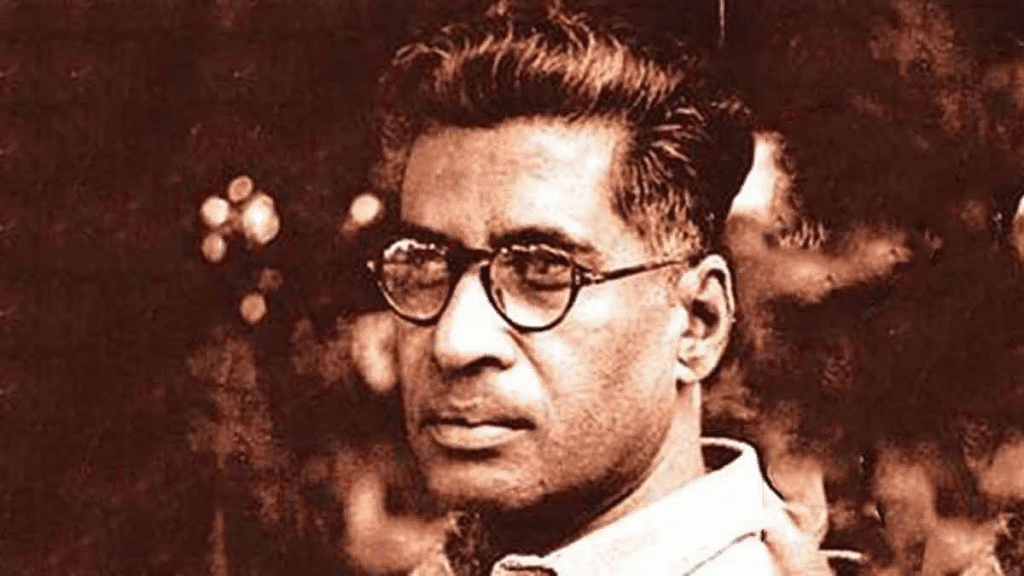
Case Studies: Leadership and Violence
EMS Namboodiripad: The Brahmanical Marxist
EMS Namboodiripad is said to have been associated with both KGB as well as CIA in the process of curbing Naxalite movements, alongwith the Indian state establishment. In Kerala, the most intense and the most disguised spokesperson of Hindu politics was EMS Namboodiripad. Though the politics he pursued was Brahmanical, the lexicon he used was Marxian. The umbilical connection between him, his caste and KGB, CIA and Indian state establishment was a strongly founded reality. In the pretext of annihilating ‘naxalites’, they annihilated the enlightened cream of the scheduled castes and tribes and OBCs. Brahmans do not put all eggs in a single basket. BJP, Congress, Socialist Party, CPI-M, CPI – to forward their interests they act in different styles in different periods. Anushilan Samiti members also founded the Revolutionary Socialist Party (RSP). Similar to Anushilan Samiti, Aurobindo Ghosh and many others formed Jugantar!
The Caste Structure of Violence in Kannur
There is a caste structure in the violence meted out by CPI-M in Kannur. Leaders of both CPI-M and RSS are Brahmans and Nairs, while workers of both are mostly Ezhavas (Chekavas) ; recently some Ezhavas too have reached to positions of leadership though that is imperative upon their usefulness for the privileged castes. Ezhavas have a culture of suicide squad. Ezhavas and Thiyyas are slightly different – though both are OBCs. Thiyyas are better at martial arts than Ezhavas. For party domination, they eliminate Ezhavas, scheduled castes, other OBCs and Muslims. The clashes there used to be well-planned and coordinated. They target those having leadership qualities out of these communities. Similarly, if a Muslim actively engages in social issues he is killed. For those privileged caste leaders, they generally educate their children in plum institutions or abroad and economically settle them efficiently.

Similarly in the subject of drug pedalling, one could find similar coordination – nationally RSS has established a monopoly and its distribution channel mostly originates from Gujarat whereas in Kerala, CPI-M does this work, especially through SFI, as mentioned earlier.

The CIA Connection: A Revealing Episode
From 1996 to 1998, the Union Home Minister was Indrajit Gupta of CPI, a Bengali Bhadralok. During those days, the counterintelligence chief of Intelligence Bureau (IB) – Ratan Sehgal – was caught sharing some important documents with the CIA, having had nine declared meetings with them. Sehgal was suspended, but no legal proceedings were initiated against him. The next day ‘Janmabhoomi’, RSS’s mouthpiece, published an editorial in which it mentioned that, CIA was working with the permission of the Government of India for the past many years, and hence that there was no point in punishing Sehgal. It was then that I came to know that the CIA has been working in India with the permission of the Government for many years. They had a big office in New Delhi, from where they had access to everything – including confidential and classified data. Sehgal was a joint Secretary of the Ministry of External affairs for some years. At the same time, there were allegations of the then IB Director Arun Bhagat of having had unauthorised meetings with the CIA in Washington DC, with direct clearance from Indrajit Gupta. Interestingly, even the former Foreign Secretary and future National Security Advisor (appointed by Manmohan Singh’s UPA government) – JN Dixit – came to the defence of Sehgal, saying that he would not do anything against ‘national interests’. Thus, we could witness a spectacle of different players being on, more or less, the same page.
Disclaimer: The opinions expressed in this article are solely the author’s and do not neccessarily reflect the opinions or beliefs of the website and its affiliates.
